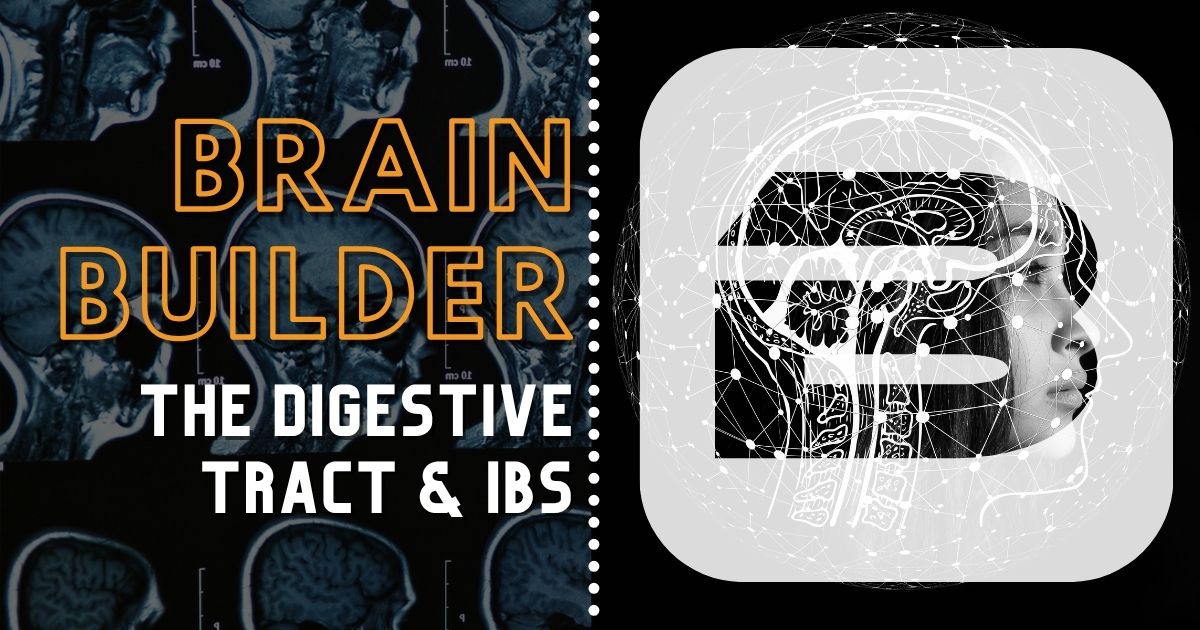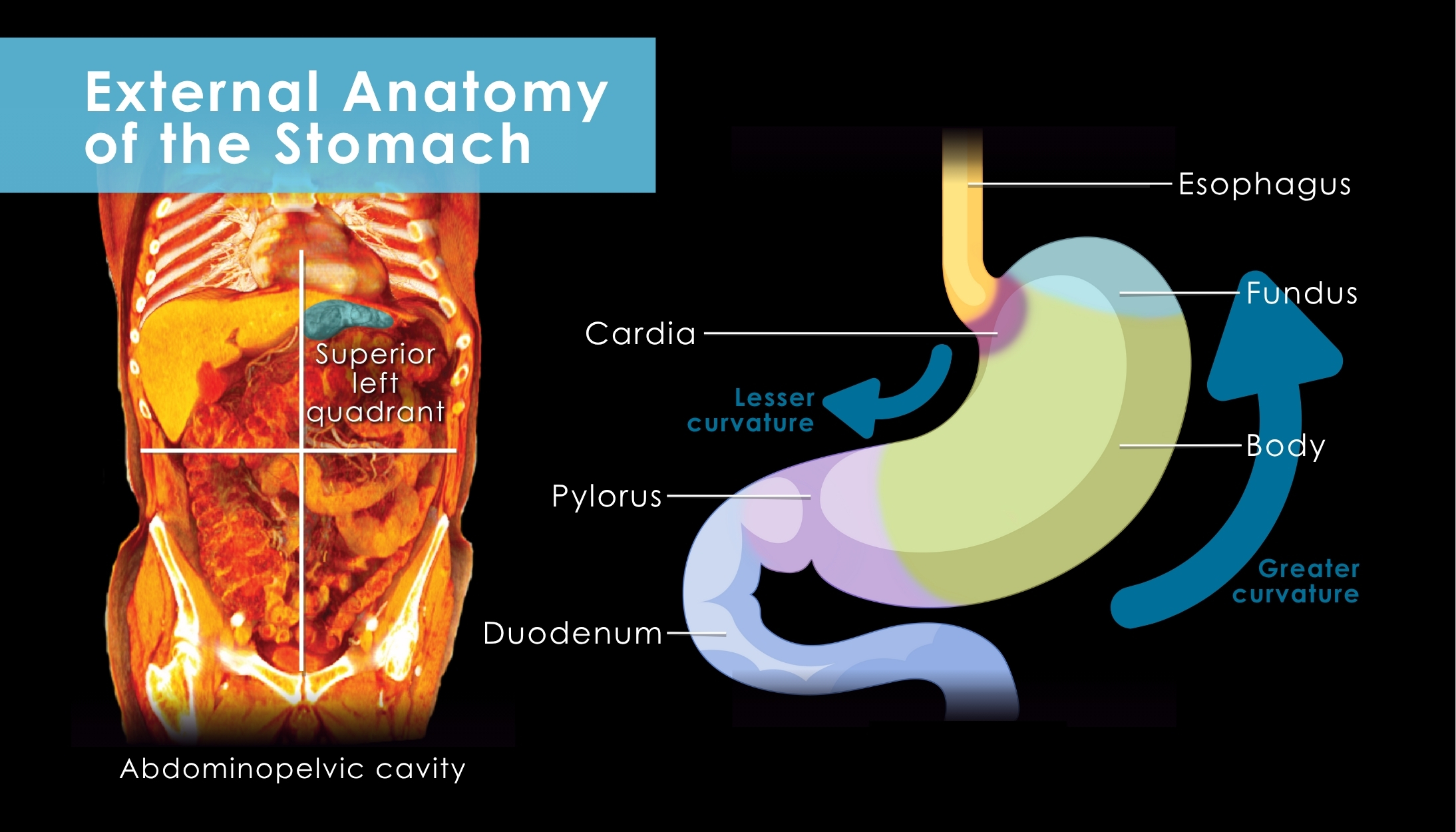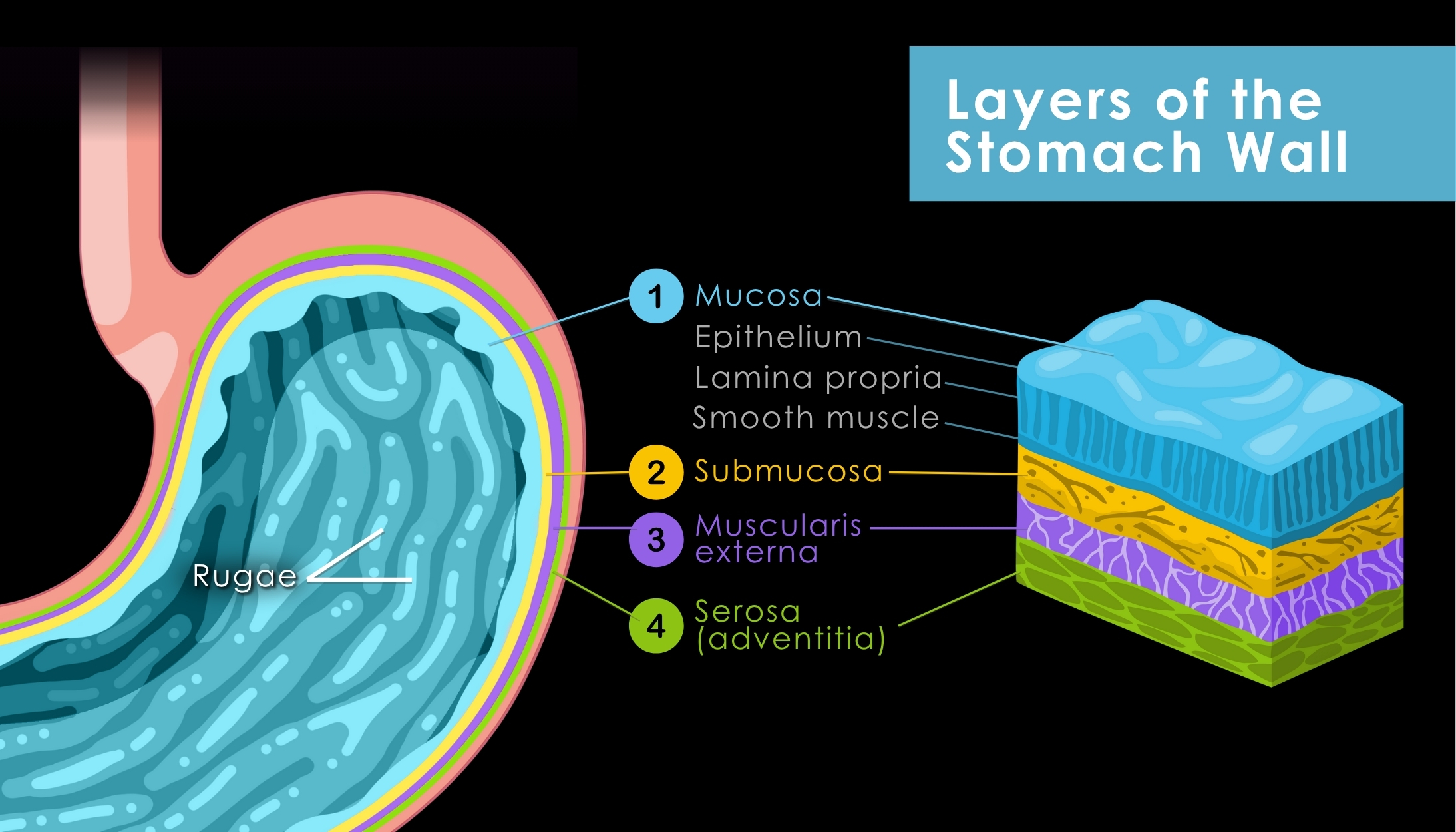The Digestive Tract and IBS
by Robert Tallitsch, PhD | October 20, 2025

Case study video explaining the digestive tract and irritable bowel syndrome with a patient example!
Use the button below to schedule a demo to learn about our quizzes, flash cards, and other anatomy resources that support this Brain Builder!
Schedule a Demo
There are few things more disheartening, worrisome, or embarrassing than having digestive tract problems that force you to always know where the closest public toilet is when one is out in public. Such a problem is difficult to discuss with others. It is also very embarrassing when one has to excuse themselves and hurry off to the toilet, all the while worrying as to whether or not you will make it to the toilet in time.
This Brain Builder will discuss the anatomy of the digestive tract as well as a group of symptoms that are diagnosed as Irritable Bowel Syndrome, also known as IBS.
Anatomy of the Digestive Tract
IBS is a common disorder that manifests itself as abdominal pain, intestinal bloating, constipation, and/or diarrhea. All of these symptoms are the result of irritation of the stomach, small intestine, and/or large intestine. The anatomy of the stomach will be discussed briefly here. The anatomy of the small and large intestines was discussed previously in the following Brain Builders:
Anatomy of the Stomach
External Anatomy
Discounting the terminal segment of the esophagus, the stomach is the first hollow organ of the digestive tract within the abdominal cavity. The stomach is intraperitoneal (covered on all sides by the peritoneum) and lies mostly within the left superior quadrant of the abdominal cavity. However, depending upon its level of fullness, the position of the stomach within the abdominal cavity may vary considerably.
Externally the stomach has two curvatures: the superior lesser curvature and the inferior greater curvature. The esophagus joins with the stomach at the cardia. From the cardia the stomach expands superiorly, with the fundus extending superiorly to the esophageal junction with the stomach. The body of the stomach is the next segment, with the pylorus being the portion of the stomach that joins with the duodenum of the small intestine.

Internal Anatomy
Histologically the walls of the hollow organs of the digestive tract, starting with the esophagus, share a common, general organization. With few exceptions, these organs are arranged into four layers. From superficial to deep these layers, and their general characteristics, are as follows:
- Mucosa
- Composed of an epithelium sitting on a connective tissue lamina propria
- May possess a layer of smooth muscle deep to the lamina propria, which is termed the lamina muscularis of the mucosa within the esophagus, and the muscularis mucosae throughout the remainder of the digestive tract
- Submucosa
- Found within all hollow organs of the digestive tract except for the gallbladder
- Composed of irregularly arranged connective tissue found deep to the lamina muscularis of the mucosa in the esophagus and the muscularis mucosae of the remaining hollow organs of the digestive tract
- Muscularis Externa
- Typically composed of two layers of smooth muscle (inner circular and outer longitudinal
- May contain skeletal muscle, as in the esophagus, or three layers of smooth muscle, as in the stomach
- Serosa (also termed the adventitia)
- Composed of mesothelium and connective tissue in all portions of the digestive tract except for the esophagus (where the serosa is composed only of connective tissue)
Gross examination of the stomach shows that the mucosa of the stomach possesses numerous gastric folds (also termed gastric rugae). These structures allow for expansion of the stomach, as well as providing an increased surface area for absorption.

Nerves of the Stomach
The stomach is innervated by both sympathetic and parasympathetic branches of the autonomic nervous system. The sympathetic innervation arises from the celiac plexus and travels to the stomach in association with the arterial vascular supply of the stomach.
The parasympathetic innervation is via the right and left vagus cranial nerves. The anterior vagal fibers originate mostly from the left vagus nerve and are found on the anterior portion of the lesser curvature of the stomach.
The posterior vagal fibers are the larger of the vagal branches and originate from the right vagus nerve. These fibers travel along the anterior portion of the lesser curvature of the stomach and innervate both the anterior and posterior portions of the stomach.
Irritable Bowel Syndrome (IBS)
The medical term “syndrome” is used to describe a group of signs and symptoms that occur together and characterize a particular medical condition. A “sign” is a medical abnormality observed by a physician, while a “symptom” is something noticed and explained by the patient.
IBS is a rather common condition that occurs within approximately fifteen percent of the US population, and typically starts before the age of 40. It is characterized by abdominal discomfort accompanying altered bowel movements (constipation and/or diarrhea). IBS appears to occur twice as often in women as it does in men in Western cultures.
Four types of IBS are recognized by the medical community:
- IBS-D causes diarrhea and abdominal discomfort.
- IBS-C causes constipation and abdominal discomfort.
- IBS-mixed exhibits alternating diarrhea and constipation with abdominal discomfort.
- IBS-U exhibits varying symptoms.
IBS Symptoms
Although the most common symptom of IBS is a significant alteration of bowel habits accompanied by abdominal discomfort, the following additional symptoms may be described by the patient or observed by the physician:
- A feeling of incomplete evacuation of the digestive tract following a bowel movement.
- A significant amount of mucus within the stools.
- An urgency to bowel movements.
In addition, some patients with IBS exhibit a variety of additional symptoms that are not related to the digestive system in any manner. These may include chronic pelvic pain, migraines, anxiety, depression, difficulty sleeping, and/or fibromyalgia.
Although there are no clinical tests for the diagnosis of IBS, the syndrome is typically diagnosed through the patient’s medical examination and accumulated signs and symptoms.
Possible Causes of IBS
There is no definitive cause for IBS. Current medical theories include the following as one or more possible causes of IBS:
- Abnormal and unexplained contractions of the musculature of the stomach, small intestine, and/or large intestine
- Abnormal activity of one or more segments of the autonomic nervous system innervating the stomach, small and/or large intestines
- Abnormal changes in the microbiome of the digestive system
- Abnormal bodily responses to stress in the patient’s life
- A chronic, abnormal response of the digestive system to a previous bacterial or viral infection
IBS Treatment
There is no one prescribed treatment for IBS that fits everyone. The following are the most commonly prescribed treatments for IBS:
- The inclusion of thirty minutes of exercise daily into the patient’s regular routine
- Possible inclusion of one of the more common forms of relaxation techniques, such as yoga or meditation
- Changes in diet, as prescribed by a dietitian for the patient’s particular type of IBS
- Prescription drugs
Some individuals are able to tolerate their IBS symptoms with little or no changes in their daily activities. Others, however, regardless of any and all changes in their lifestyle, diet, or the addition of prescribed medications, will find little or no relief to the signs and symptoms of IBS. Such individuals will encounter significant difficulty experiencing a normal quality of life.
Key Terms
Intraperitoneal - Being covered on all sides by the peritoneum.
Sign - A “sign” is a medical abnormality observed by a physician.
Pylorus - The portion of the stomach that joins with the duodenum of the small intestine.
IBS-mixed - A form of IBS that exhibits alternating diarrhea and constipation with abdominal discomfort.
Posterior vagal fibers - The larger of the two vagal branches. These fibers originate from the right vagus nerve and travel along the anterior portion of the lesser curvature of the stomach. They innervate both the anterior and posterior portions of the stomach.
Lesser curvature of the stomach - The more superior of the two external curvatures of the stomach.
Symptom - A “symptom" is a medical abnormality noticed and explained by the patient.
Syndrome - A medical term used to describe a group of signs and symptoms that occur together and characterize a particular medical condition.
Mucosa - The most superficial histological layer of the hollow organs of the digestive tract. This layer is composed of an epithelium sitting on a connective tissue lamina propria.
Schedule a demo today to learn how you can incorporate BodyViz into your classes and give your students the opportunity to practice using the information from this Brain Builder on real patients with authentic 3D dissection!
Schedule a Demo
Helpful Links: